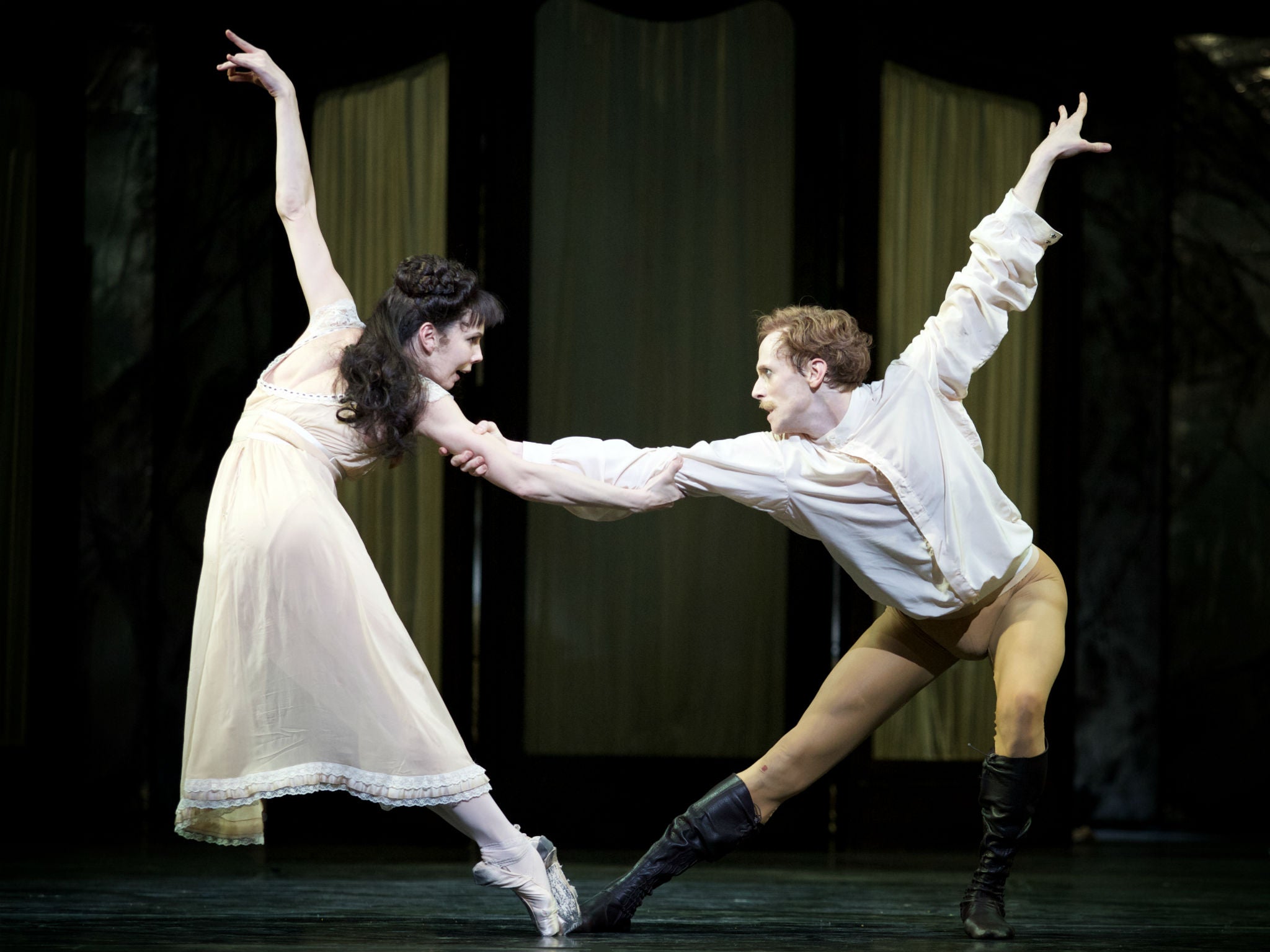Mayerling, Royal Opera House, review: Natalia Osipova and Edward Watson look hypnotised by each other
Watson and Osipova star in Kenneth MacMillan’s 1978 ballet about obsession, sex and death

Your support helps us to tell the story
From reproductive rights to climate change to Big Tech, The Independent is on the ground when the story is developing. Whether it's investigating the financials of Elon Musk's pro-Trump PAC or producing our latest documentary, 'The A Word', which shines a light on the American women fighting for reproductive rights, we know how important it is to parse out the facts from the messaging.
At such a critical moment in US history, we need reporters on the ground. Your donation allows us to keep sending journalists to speak to both sides of the story.
The Independent is trusted by Americans across the entire political spectrum. And unlike many other quality news outlets, we choose not to lock Americans out of our reporting and analysis with paywalls. We believe quality journalism should be available to everyone, paid for by those who can afford it.
Your support makes all the difference.In the Royal Ballet’s superb revival of Mayerling, Edward Watson and Natalia Osipova don’t so much goad each other to greater heights as to darker depths. As Crown Prince Rudolf and his mistress Mary Vetsera, they plunge into a spiral of mutual obsession, a vortex of sex and death.
Those are common themes in ballet, but Kenneth MacMillan’s 1978 work gives them both visceral force and psychological complexity. This is also the story of the Austro-Hungarian court: a glittering, stifling society seething with social and political factions. The ballet explores the whole web of relationships and pressures that take Rudolf and Mary to their suicide pact. Nicholas Georgiadis’ sumptuous designs suggest both the richness and the constrictions of court life.
From the beginning, Watson plays Rudolf with a sadistic edge. Rather than a damaged person trying and failing to make human connections, he’s driven by rage and cruelty. There’s a cat-and-mouse nastiness to his treatment of his young wife Stephanie. (In the second cast, Federico Bonelli is a much more vulnerable Rudolf, which gives the character a longer arc: he has further to fall.)
Watson’s Rudolf lights up when he meets Osipova’s Mary, a besotted groupie who discovers her own darkness. In their first duet, she threatens him with a gun: having learnt of Rudolf’s fantasies from his former mistress, Marie Larisch. Osipova does it with a suppressed excitement. Having moulded herself to fit his desires, she finds that they match her own. There’s a voluptuous force to her dancing, a greedy fluency in the way she wraps herself around him. She and Watson look hypnotised by each other, spellbound by a shared idea. In later duets, the fascination with death goes from a sex game to a shocking reality.
Mayerling surrounds its central couple with a rich cast of characters, all with their own needs and compulsions. Zenaida Yanowsky is a magnificent Empress, regal hauteur with fear underneath. Francesca Hayward is scared but dogged as Stephanie. Sarah Lamb shows Larisch’s scheming brilliance, but could do more with her hints of understanding.
Marianela Núñez as Mitzi Caspar, another of Rudolf’s mistresses, dances with gorgeous energy, bringing a mocking, musical edge to her steps. Alexander Campbell brings a soft heart and music-hall wit to Bratfisch, Rudolf’s coachman. Martin Yates conducts an urgent account of the Liszt score, carrying the characters to their doom.
Join our commenting forum
Join thought-provoking conversations, follow other Independent readers and see their replies
Comments